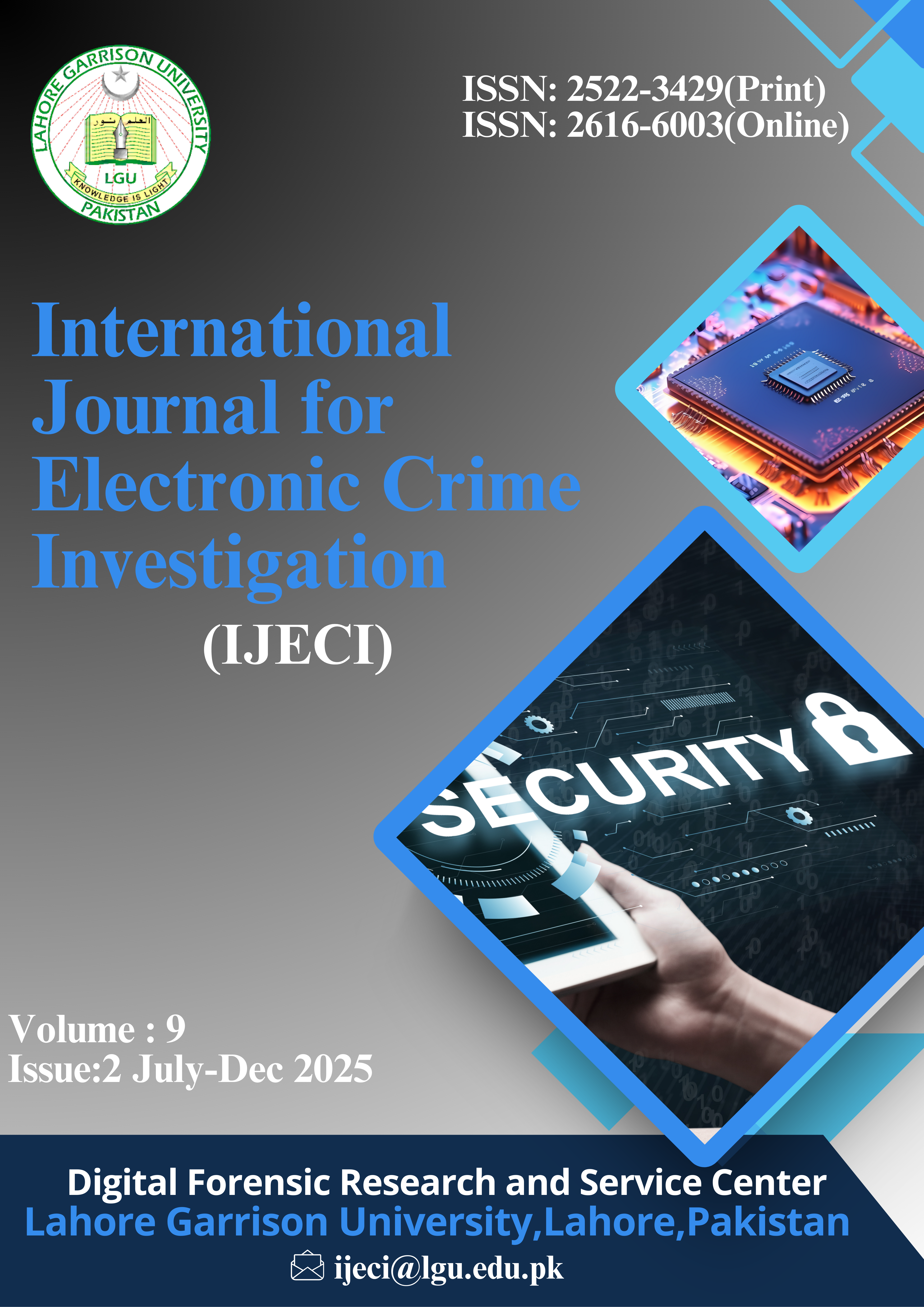Securing 5G Network Infrastructure Against DDoS Threats Using ML-Based Anomaly Detection
Abstract
Today, millions of people and devices use the Internet to carry out daily activities, but the growing reliance on the Internet comes with major security concerns. Older security systems and traditional detection techniques are out of date because attackers continue to find new and smarter ways of penetrating networks. They are just not precise enough to stay in the race. This research discusses how that gap can be filled by machine learning (ML). Although in cybersecurity, ML has demonstrated potential, accuracy remains reliant on the selection of the appropriate models and the concentration on the most important parts of the data. Although ML has already shown its potential, our work aims at refining the approach to increase detection accuracy. The most promising among the techniques tested was the Random Forest (RF) algorithm, which had an impressive accuracy rate of 99.84%. This clearly indicates that our proposed system is far better than the previous methods, showing its capability to detect malicious activities.

